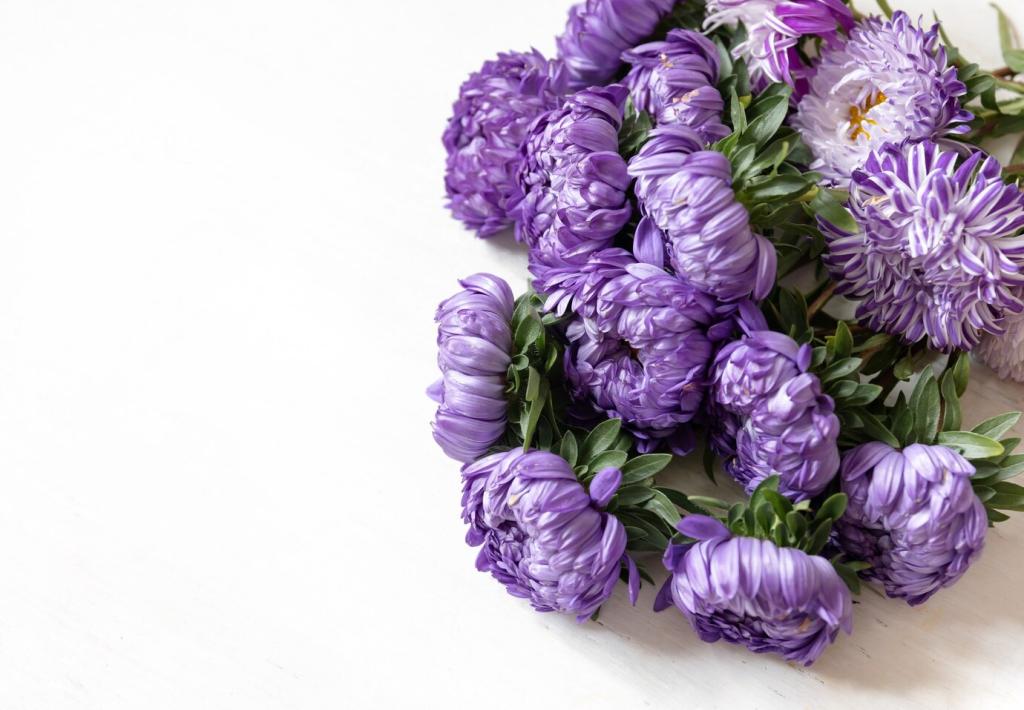Light, Placement, and Composition
Observe daylight arcs across floors and walls. Place plants where shadows move gently, creating living drawings that shift through the day. Light becomes your collaborator, not a constraint.
Light, Placement, and Composition
Group plants in odd numbers for natural rhythm, then leave intentional pauses. A large anchor, a medium companion, and a single trailing element can create movement without overwhelming simplicity.

